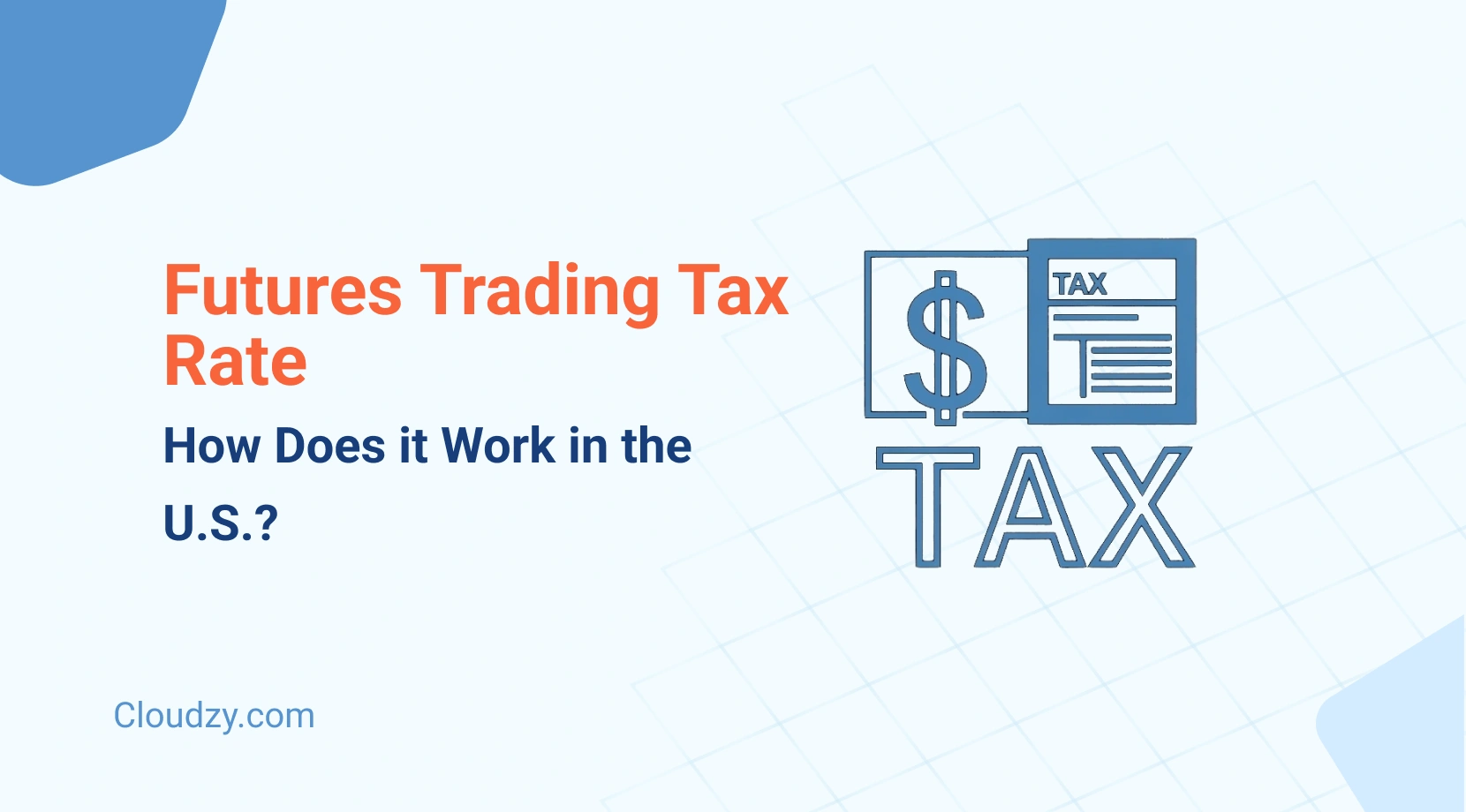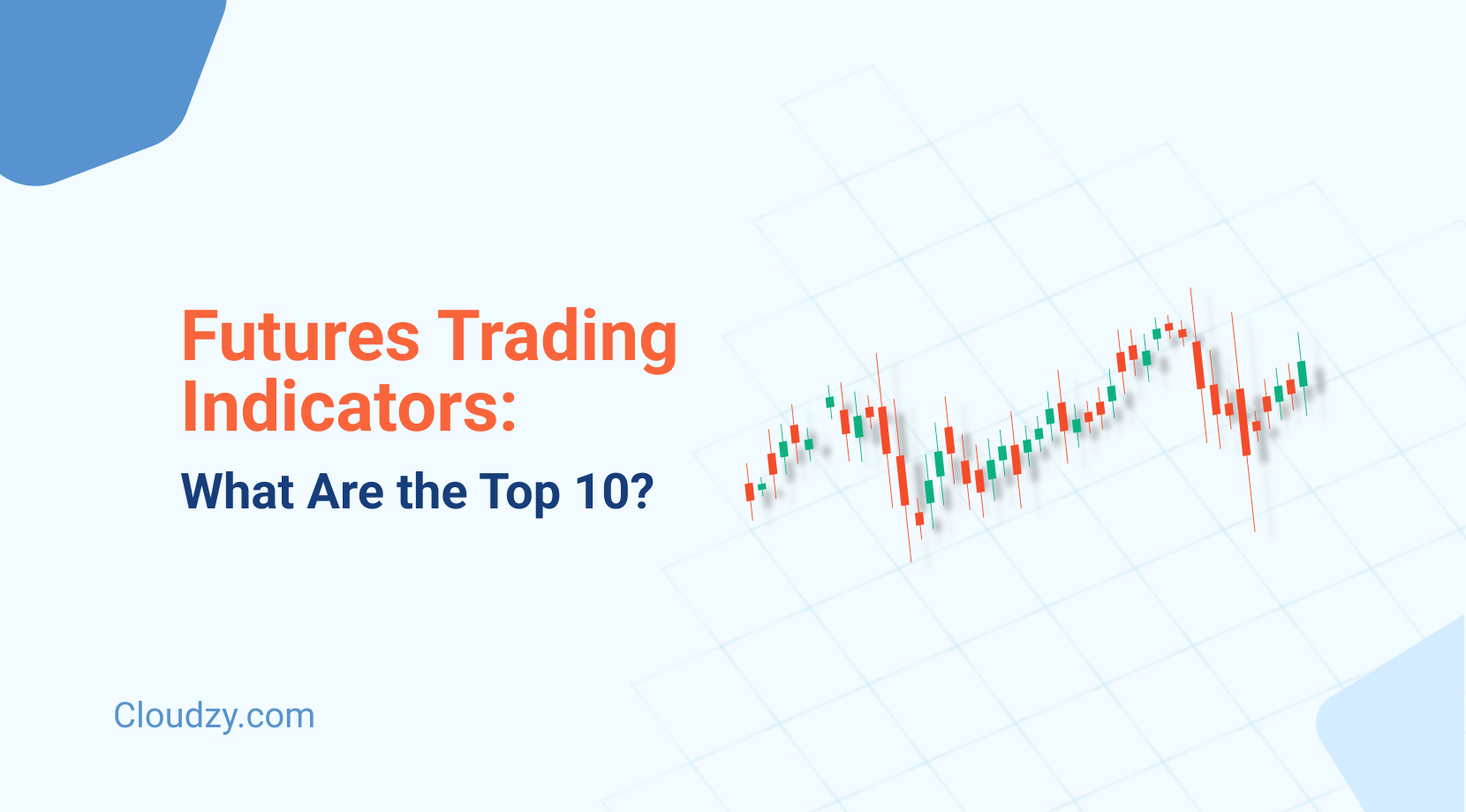Most traders discover the futures trading tax rate by accident, usually during their first profitable year when they realize they’re not getting crushed by ordinary income rates. Unlike stocks or crypto, futures enjoy a special 60/40 split under Section 1256: 60% gets taxed as long-term capital gains, 40% as short-term. This happens regardless of whether you held the position for three minutes or three months.
Why Taxes on Futures Are Different
The government created special rules for derivatives back when traders were getting too clever with tax strategies. Instead of playing whack-a-mole with creative accounting, they just gave futures preferential treatment upfront.
What futures trading is involves leveraged contracts that most people hold briefly: days or weeks, not years. Without Section 1256, active traders would face the full short-term rate (up to 37%) on every trade. The 60/40 split provides massive relief, especially for frequent traders who’d otherwise get destroyed by ordinary income rates.
Think of it this way: while stock day-traders pay maximum rates on everything, futures traders get a built-in discount. It’s not charity; it’s designed to keep derivative markets liquid and functional.
Understanding the 60/40 Tax Rule (Capital Gains Split)
Here’s where the futures trading tax rate gets interesting. Every dollar of gains automatically splits: 60% faces long-term capital gains rates (0%, 15%, or 20% depending on income), while 40% gets hit with short-term rates (your regular tax bracket from 10% to 37%).
Let’s run real numbers. You make $10,000 trading E-mini S&P futures. The IRS automatically creates $6,000 in long-term gains and $4,000 in short-term gains. If you’re in the 24% bracket, you’ll pay 15% on the long-term portion ($900) plus 24% on the short-term piece ($960), totaling $1,860.
Compare that to stock day-trading: the same $10,000 profit gets smacked with the full 24% rate ($2,400). You just saved $540, and that’s on a single trade.
For beginners making around $5,000 annually, the savings get even better. Those in lower brackets might pay just $600 total if they qualify for 0% long-term rates. High-volume traders earning $50,000 could pay roughly $9,300 instead of $18,500 under regular taxation.
The beauty of mark-to-market treatment? You can’t game the system by holding positions into the new year. December 31st is closing time whether you like it or not; the IRS treats everything as sold at fair market value.
How the U.S. Classifies Futures Contracts (Section 1256)
Not every futures contract gets the red-carpet treatment. Section 1256 covers regulated futures on qualified exchanges, broad-based index options, and certain foreign currency contracts. What’s excluded? Single-stock futures and most over-the-counter derivatives.
The classification matters because it enables both the 60/40 treatment and automatic mark-to-market accounting. Without Section 1256 status, you’d be stuck tracking actual holding periods like a stock trader. The futures contract expiry date becomes irrelevant since everything gets the same split treatment regardless.
The IRS keeps tight control over qualification. Contracts must trade on CFTC-registered exchanges or receive specific revenue rulings for foreign venues. No wild west derivatives get this benefit.
Futures Tax Rate vs Stock & Crypto Tax Rates
The contrast is brutal for day traders. Stock and crypto day-traders pay ordinary income rates up to 37% on every gain. Futures traders get the blended approach.
| Asset Type | $20,000 Profit Tax | Effective Rate | Annual Savings vs Futures |
| Futures | $3,100 | 15.5% | – |
| Stock Day Trading | $4,800 | 24.0% | $1,700 more |
| Crypto Day Trading | $4,800 | 24.0% | $1,700 more |
The futures advantage saves $1,700 on this trade alone. Scale that across hundreds of trades annually, and the difference becomes substantial. Sure, long-term stock investors get 15% rates too, but they sacrifice liquidity by locking up capital for over a year.
Examples of How Futures Gains Are Taxed
Real scenarios make the futures trading tax rate clearer. An oil trader profits $15,000 in a year. The split creates $9,000 in long-term gains (taxed at 15% = $1,350) plus $6,000 in short-term gains (taxed at 24% = $1,440). Total tax: $2,790.
Currency traders facing losses get similar treatment. An $8,000 loss carries the same 60/40 split for deduction purposes, providing better relief than regular capital losses capped at $3,000 annually.
For big earners, the math still works. A $100,000 futures profit facing top rates (20% long-term, 37% short-term) results in $26,800 total tax instead of $37,000 under ordinary treatment.
Remember: this only applies to qualified Section 1256 contracts. Non-qualified futures follow regular capital gains rules.
What Forms Do You File?
Form 6781 handles everything. Your broker sends Form 1099-B showing total gains and losses, but Form 6781 applies the magic 60/40 split automatically. IRS futures reporting becomes more straightforward than stock wash sale tracking, affecting thousands of active traders who’d otherwise spend hours documenting every transaction.
The form also allows loss carryback elections, something regular traders can’t do. Section 1256 losses can offset prior-year gains through amended returns, providing immediate refunds instead of waiting for future profits.
Most brokers simplify this with year-end summaries. What time futures markets open affects position valuation for mark-to-market purposes, but your platform handles the calculations.
Mark-to-Market vs Section 1256 – Key Differences
Section 1256 contracts get mark-to-market treatment automatically: no paperwork, no elections, no qualifying as a business. Other traders can elect mark-to-market under Section 475(f), but that requires meeting business criteria and filing annual elections.
The main difference: Section 1256 keeps the beneficial 60/40 split, while Section 475(f) converts everything to ordinary income and loss. Futures trading algorithms and automated systems benefit since there’s no complexity around trader status.
How futures are taxed under this system differs fundamentally from elective mark-to-market approaches used by stock traders.
Tips to Maximize Tax Efficiency as a Futures Trader
Professional infrastructure helps with compliance. Using NinjaTrader VPS and MetaTrader VPS ensures reliable connections for futures trading strategies that require precise timing.
Tax-loss harvesting works differently here. Since wash sale rules don’t apply to Section 1256 contracts, you can immediately repurchase similar positions after taking losses. This flexibility supports automated futures trading strategies requiring consistent market exposure.
Keep detailed records for business deductions. Professional traders can deduct research costs, education, and technology expenses. Document your futures trading indicators and systems: these count as business development.
The wash sale rule specifically exempts Section 1256 contracts, unlike stocks where you must wait 30 days between similar transactions. Tax rules for day trading futures remain consistent regardless of holding period, simplifying position management.
Should You Use a CPA for Futures Trading Taxes?
For straightforward trading through major brokers, software like TurboTax handles Form 6781 automatically. The 60/40 split gets calculated without manual intervention.
Professional help makes sense for complex situations: multiple brokers, foreign futures, trader tax status elections, or substantial losses requiring carryback elections. CPAs specializing in trader taxes understand the futures trading tax rate nuances most general practitioners miss.
Conclusion
The futures trading tax rate gives traders a real edge through the 60/40 split, plus you avoid the wash sale headaches that stock traders deal with. If you’re actively trading, the tax savings alone often make futures worth considering over stocks or crypto for similar market plays.
Getting this right means keeping more of what you earn while staying on the IRS’s good side. With 29.1 billion futures contracts changing hands globally in 2023, it’s clear these markets aren’t going anywhere. Whether you’re trading for fun or making a living at it, understanding the tax angle can make a real difference in your bottom line.



